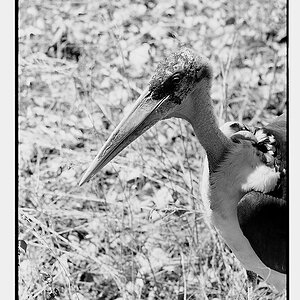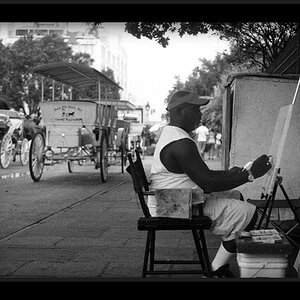Elly
TPF Noob!
- Joined
- Oct 12, 2009
- Messages
- 25
- Reaction score
- 0
- Location
- Foggia
- Can others edit my Photos
- Photos OK to edit
in theory if there were two sensors identical in everything but pixels.one is 20mp and one is 10mp and i take the same photo with both.if i then resize the 20mp photo to 10mp would the two photos be identical and show the same amount of detail?


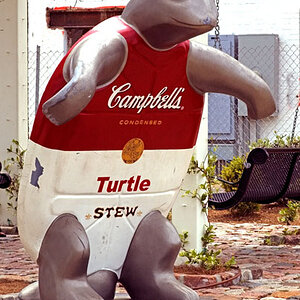
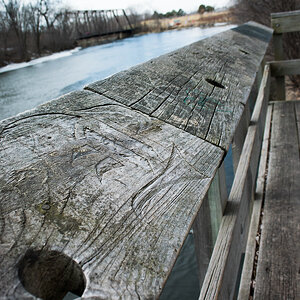
![[No title]](/data/xfmg/thumbnail/30/30884-b92cca2d3ad6f728825cf7e936e8cef6.jpg?1619734496)
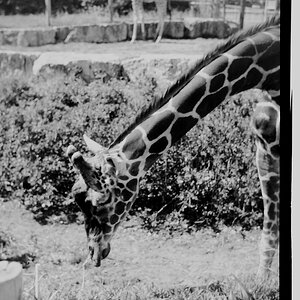
![[No title]](/data/xfmg/thumbnail/39/39440-bc17565eb7adee7f9859c53933e8543c.jpg?1619739033)
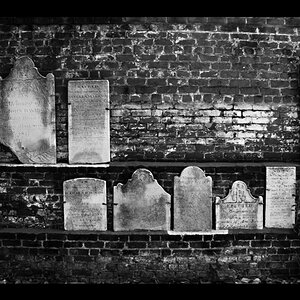

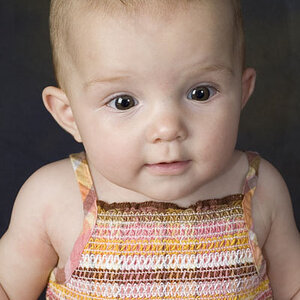
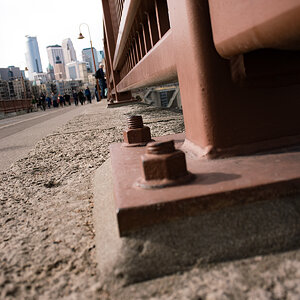
![[No title]](/data/xfmg/thumbnail/30/30882-ce388519574371448d7493784524607a.jpg?1619734495)
